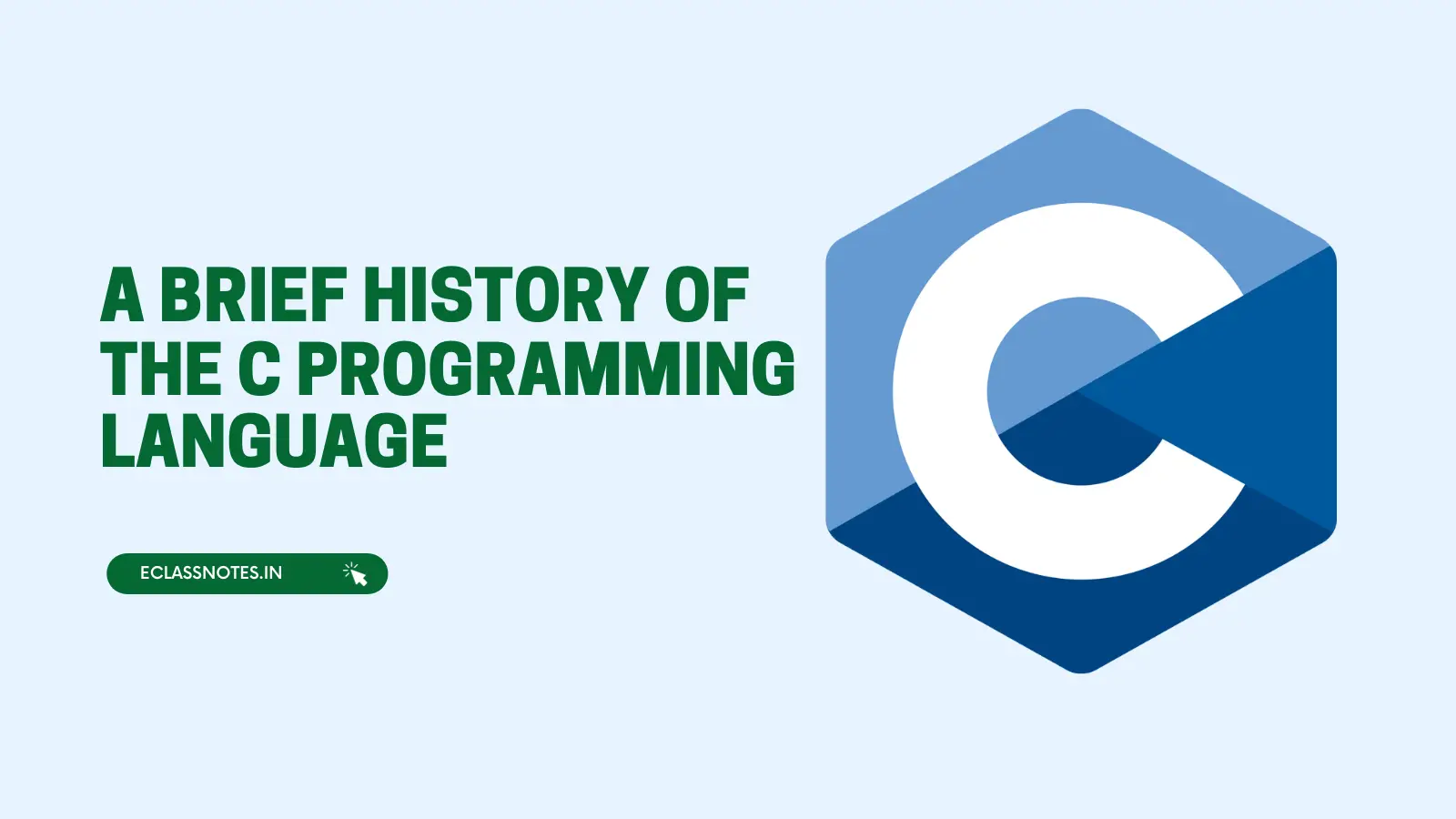The C programming language, often referred to simply as “C,” is a foundational language that has played a pivotal role in the world of computer programming. Created in the early 1970s, C has withstood the test of time, continuing to be a popular choice for software development due to its efficiency, portability, and versatility. In this article, we’ll take a journey through the history of C, exploring its origins, key developments, and its enduring impact on the world of programming.
The Birth of C
The story of C begins with Dennis Ritchie, a computer scientist at Bell Labs (AT&T). In the late 1960s and early 1970s, Ritchie, along with his colleagues, was developing the Unix operating system. However, they needed a programming language that would enable them to write system software more efficiently than the assembly language they were using at the time.
This need led to the creation of C. Dennis Ritchie started working on C in 1972, taking inspiration from an earlier programming language called B, which was developed by Ken Thompson. C quickly evolved and became a language that combined the low-level control offered by assembly languages with high-level abstractions, making it a powerful and versatile tool for software development.
The Spread of C
C’s popularity grew rapidly due to its portability. In 1973, Ritchie and Brian Kernighan published “The C Programming Language” (commonly known as “K&R C”), which served as a concise and accessible guide to the language. This book became a definitive reference and helped standardize C across the computing industry.
In 1978, the American National Standards Institute (ANSI) established a committee to develop a standardized version of C, known as ANSI C. This effort aimed to ensure that C programs written for one system could be easily ported to others, further solidifying the language’s status.
The Birth of C++
In the 1980s, Bjarne Stroustrup, a computer scientist at Bell Labs, extended C to create C++. C++ added object-oriented programming features to C, allowing developers to work with classes, inheritance, and polymorphism. This new language found widespread use in software development, especially for building complex systems and graphical user interfaces.
C in the Modern Era
While newer programming languages have emerged over the years, C remains relevant and widely used in various domains. It continues to be the foundation for many operating systems, including Linux and is a popular choice for systems programming, embedded systems, and game development.
Additionally, the influence of C can be seen in other programming languages. Languages like C#, Java, and Python have borrowed concepts and syntax from C, making it easier for developers familiar with C to transition to these languages.
Final Words:
The history of the C programming language is a testament to its enduring significance in the world of computer programming. From its humble beginnings at Bell Labs to its widespread use today, C has consistently proven its worth as a versatile and powerful tool for software development. Whether you’re a seasoned programmer or just starting your coding journey, understanding C’s history and principles can provide valuable insights into the foundations of modern computing.
